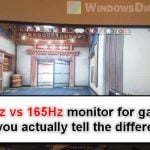When it comes to gaming, every little thing matters. This includes everything from how powerful your computer is to how fast your monitor updates its display. One thing that a lot of people don’t think about much is the shape of your monitor screen, or its aspect ratio. There are two main aspect ratios that monitors come in: 16:9 and 16:10. Each has its pros and cons. We’ll go through these to help you pick the best one for your gaming setup.
Also see: Screen Size Smaller or Larger Than Monitor in Windows 11/10
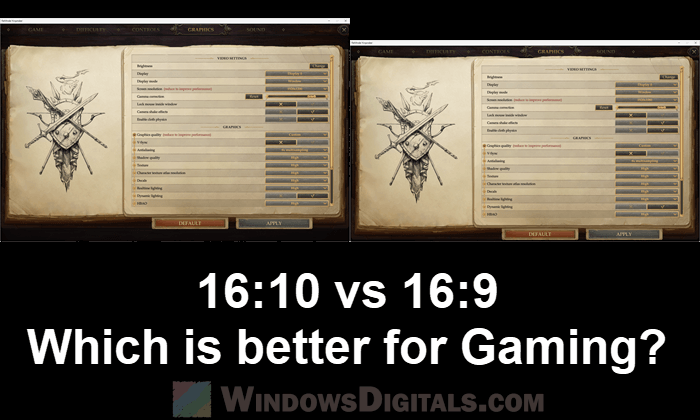
Page Contents
What is aspect ratio?
Aspect ratio is just a simple way to describe the shape of your screen, showing the relationship between the width and the height. When you see something like 16:9, it means the width is 16 units while the height is 9 units. This shape affects how games and movies look on your screen, and it’s pretty important for other things you do on your computer too.
Related resource: GPU 100% Usage When Idle or Gaming (Good or Bad)
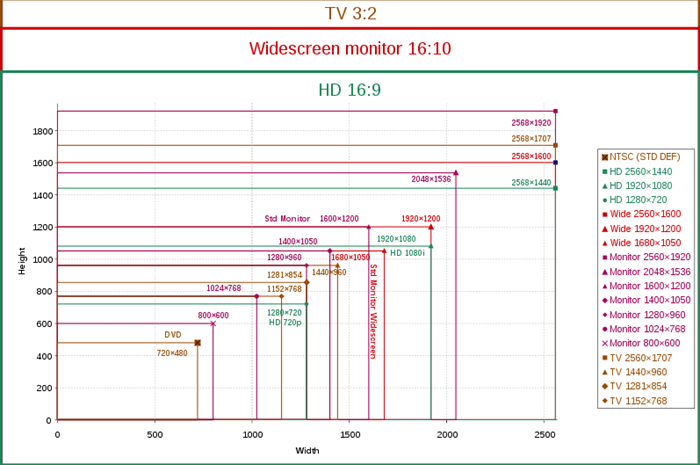
16:9 aspect ratio (standard for gaming)
Why is it the most popular choice?
The 16:9 aspect ratio is really common, especially in TVs, smartphones, and gaming. It’s everywhere because it works so well with the most popular screen resolutions like Full HD and 4K. Most games are made to look perfect on 16:9 screens, which means you get to see the game just like the makers intended.
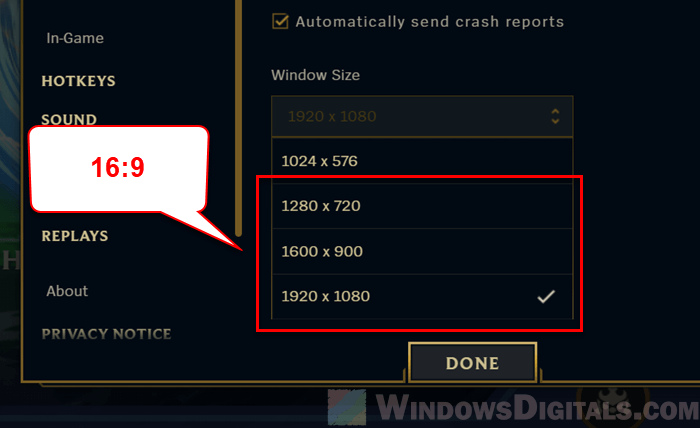
You can see more things
In a 16:9 monitor, there’s a lot of space to see things, but it’s wider rather than taller. This is great for games where you need to see a lot around you, like in shooters or racing games. But, if you need more space on top and bottom, 16:9 might not be enough.
It’s everywhere and affordable
Since 16:9 is so popular, you can find these monitors everywhere, in all sizes and prices. This means you can usually find a good deal, making these monitors a bit cheaper than others.
Pro tip: 30+ Windows 11 Services to Disable for Better Gaming Performance
16:10 aspect ratio (a not so popular choice)
Not very common but does have some fans
The 16:10 aspect ratio isn’t as common as 16:9, but it has its fans, especially among people who like a bit more space at the top and bottom of their screen for things like coding or video editing. For gaming, this extra space can make a difference by letting you see more of the game world around your character.
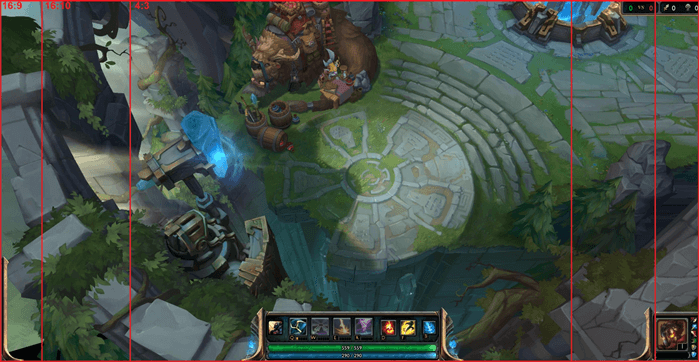
You can see slightly more
16:10 monitors give you more space at the top and bottom. This might not seem like a big deal, but for some games, especially strategy or role-playing ones, it can be really helpful.
16:10 monitors are pretty rare and sometimes more expensive
It might be harder to find a 16:10 monitor because there aren’t as many around. The ones you do find are usually of really good quality, but they can also be more expensive.
Related concern: Gaming Laptop FPS Drops Randomly, Plugged in or Not
Things to consider when setting up a multi-monitor setup
16:9 aspect ratio
If you want to use more than one monitor, 16:9 is a good choice because these monitors are easy to find and, most importantly, cheap. This makes it simpler to match brands, colors and quality across all your screens. Also, games and software usually work better with this aspect ratio.
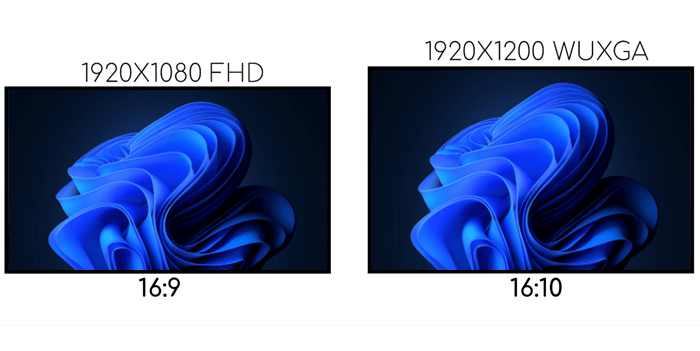
16:10 aspect ratio
With a 16:10 setup, you get more space on each screen, which can sometimes be good for seeing more things, specifically top and bottom part of the screen. But, finding and paying for these monitors might be a bit tough.
You can, of course, mix 16:9 and 16:10 monitors without any problems, but know that there will be some minor discrepancies in the display continuity or scaling of content across the screens.
Linked issue: Game Stuttering and Lag on Dual Monitor (Fix)
Some compatibility and scaling issues
16:9 aspect ratio
Since 16:9 is the normal shape for games, you usually won’t have problems with games looking weird or not fitting right on your screen.
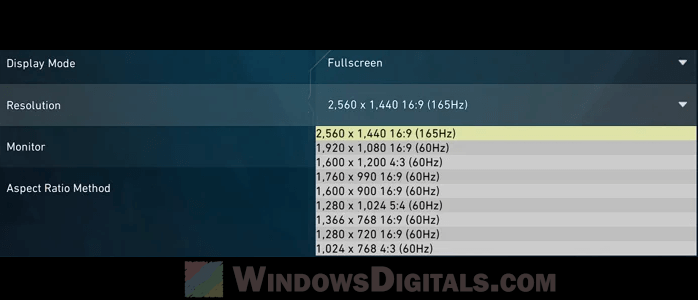
Software scaling
If a game isn’t made for 16:9, your monitor can adjust it to fit by either stretching the image or adding black bars to make up for the extra space. Most of the time, this works out fine for people.
Learn more: Shortcut Keys to Scale and Resize Window in Windows 11
16:10 aspect ratio
With 16:10 monitors, fewer games fit perfectly, which might cause some issues like stretched images or black bars that make the screen look like a 16:9.
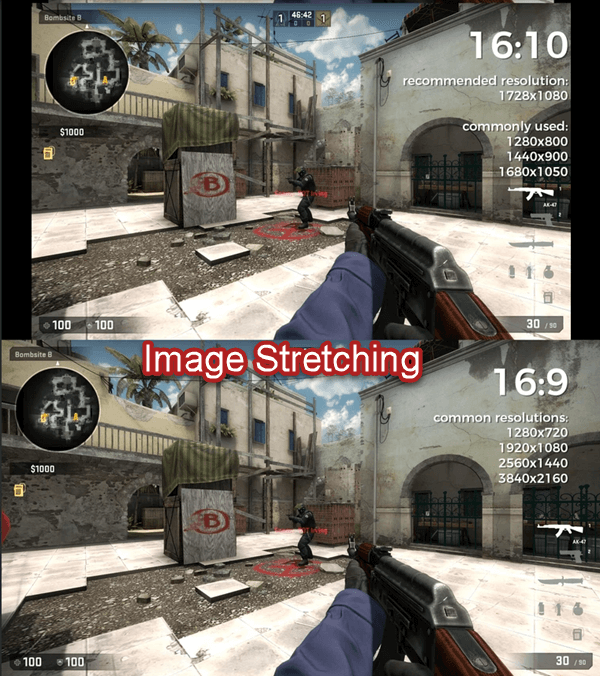
Black bars
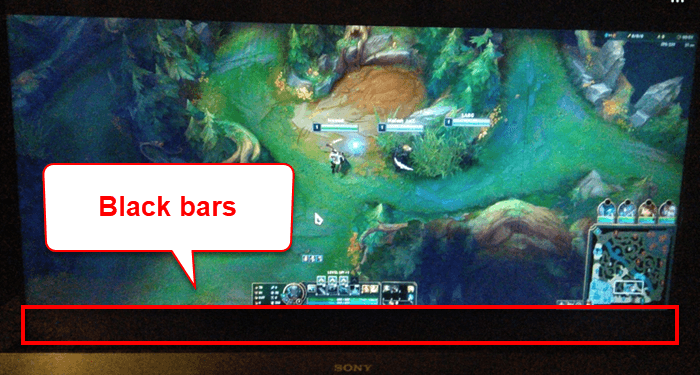
Custom configurations
Sometimes, you can change game settings to make them work better with 16:10, but this can be a hassle and might not work for everyone.
Making your choice
Choosing the right aspect ratio for your gaming monitor depends on what you need and prefer. If you want a monitor that works well with most games, offers a lot of choices, and is usually cheaper, then go for a 16:9.
If you care more about having extra space at the top and bottom of your screen and don’t mind spending more for some quality, consider a 16:10. Just know that you might run into some issues with game compatibility and scaling.


